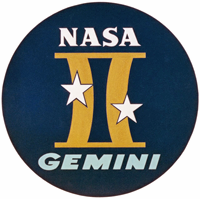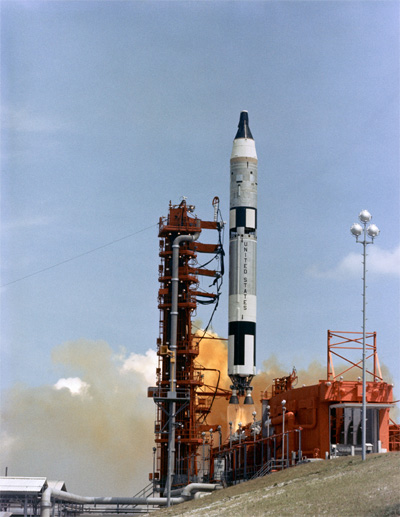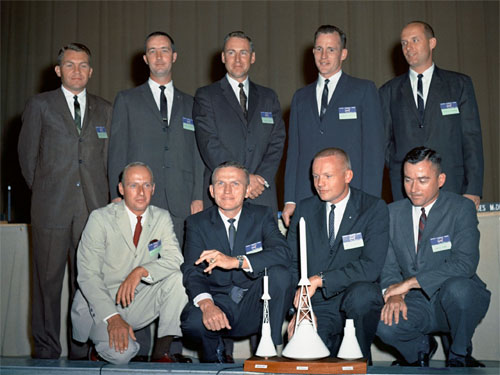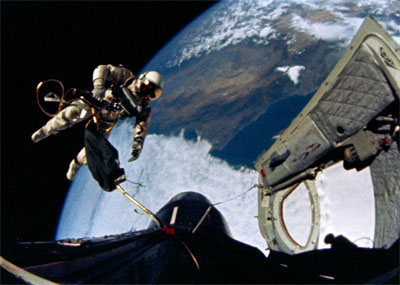Gemini


Gemini was an NASA human spaceflight program. Ten crews flew missions on the two-man Gemini spacecraft. The Gemini missions were flown in 1965 and 1966. NASA named the Gemini spacecraft and program after the constellation Gemini. The name is Latin for "twins." NASA used this name because the Gemini capsule would carry two people. The Gemini capsule flew on the two-stage Titan II rocket.
The first flight to carry astronauts was Gemini 3. The Gemini 4 mission included the first U.S. spacewalk. Gemini 5 stayed in orbit for more than a week. The Gemini 6A and 7 missions were in space at the same time and met each other in orbit. Gemini 7 stayed in space for two weeks. Gemini 8 connected with another unmanned spacecraft in orbit. The Gemini 9 mission tested different ways of flying near another spacecraft. It also included a spacewalk. Gemini 10 connected with another spacecraft and used its engines to move both vehicles. The Gemini 11 mission flew higher than any NASA mission before. The last mission, Gemini 12, solved problems from earlier spacewalks. A total of ten manned flights were carried out on the Gemini program. A total of 16 American astronauts flew on the Gemini spacecraft. Four of them made two flights.
Gemini helped NASA get ready for the Apollo moon landings.

Gemini spacecraft.

Launch Titan with Gemini.

Group of the Gemini astronauts.
Front row: Conrad, Borman, Armstrong, Young.
Back row: See, McDivitt, Lovell, White, Stafford.

Edward White in open space.

Group of the Gemini astronauts.
Front row: Cooper, Grissom, Carpenter, Schirra, Glenn,
Sheppard, Slayton.Back row: White, McDivitt, Young, See,
Conrad, Borman, Armstrong, Stafford, Lovell.